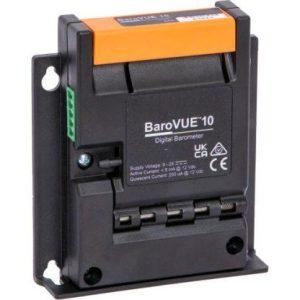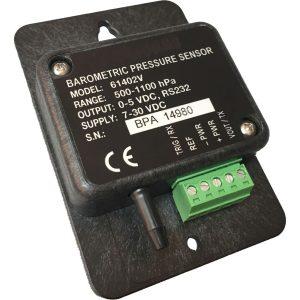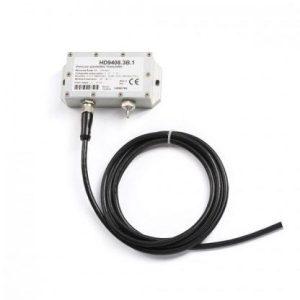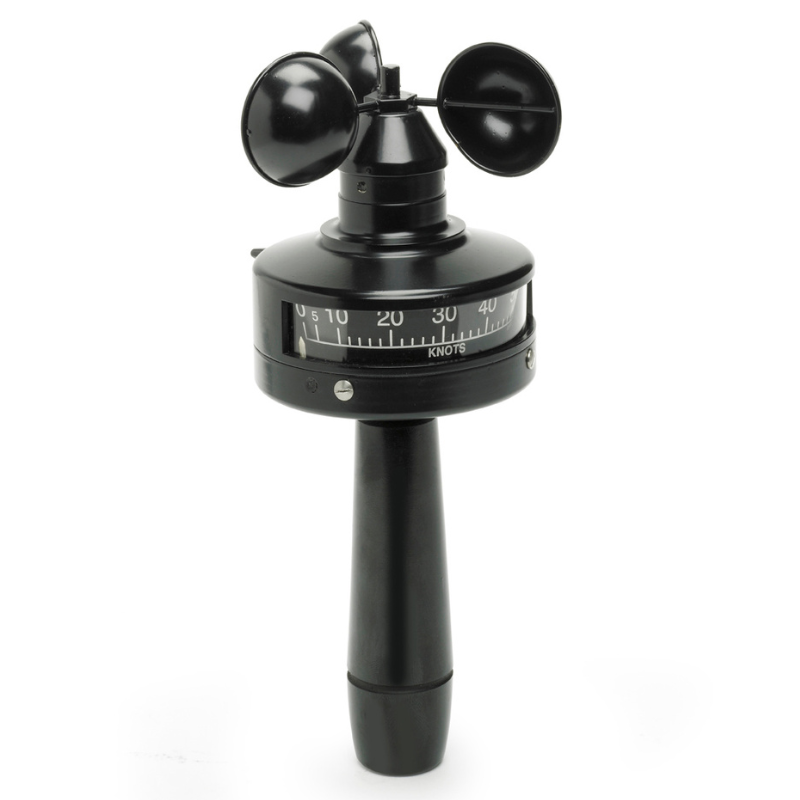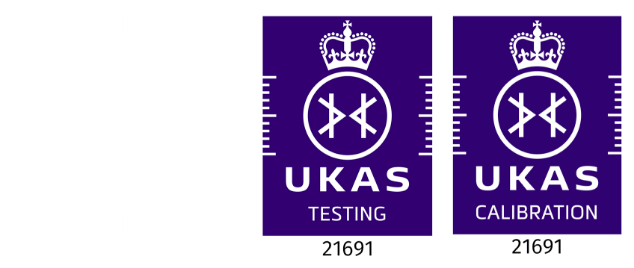A barometric pressure sensor, also known as a barometer, is a device used to measure atmospheric pressure. It detects changes in air pressure and converts these changes into electrical signals that can be interpreted by electronic devices or systems. These sensors are essential for monitoring weather conditions, altitude, and even indoor air quality.
Barometric pressure, often referred to as atmospheric pressure, is the force exerted by the weight of the air above a given point on the Earth’s surface. It fluctuates based on factors such as weather patterns, altitude, and temperature. Understanding barometric pressure is crucial for predicting weather changes and assessing environmental conditions.
How Barometric Pressure Sensors Work
Barometric pressure sensors typically utilize either strain gauge, capacitive, or piezoresistive technology to measure air pressure. Strain gauge sensors rely on the deformation of a flexible membrane, while capacitive sensors detect changes in capacitance due to pressure variations. Piezoresistive sensors use silicon-based materials to measure pressure-induced changes in resistance.
Applications of Barometric Pressure Sensors
Barometric pressure sensors find applications in meteorology, aviation, automotive, healthcare, and consumer electronics. They are used in weather stations for predicting weather patterns, in aircraft for altitude measurement, and in smartphones for elevation tracking. Additionally, these sensors are employed in HVAC systems for monitoring indoor air quality.
Advantages of Barometric Pressure Sensors
One of the key advantages of barometric pressure sensors is their ability to provide accurate and real-time pressure measurements. They are also compact, lightweight, and relatively inexpensive, making them suitable for a wide range of applications. Furthermore, these sensors offer high sensitivity and low power consumption, enhancing their efficiency and reliability.
Choosing a Barometric Pressure Sensor
When selecting a barometric pressure sensor, it’s essential to consider factors such as accuracy, resolution, response time, operating range, and environmental robustness. Different applications may require sensors with specific performance characteristics, so careful consideration is necessary to ensure optimal functionality.
Our Barometric Pressure Sensors
1.Digital Barometer
The BaroVUE10 is a highly accurate barometer that can measure pressures over a range of 500 to 1100 hPa and can be used in a range of applications that includes meteorology and hydrology.
2.Barometric Pressure Sensor
Now available with SDI-12 output. 61402V provides a calibrated 0-5 VDC analog output. Analog current consumption is less than 4 mA. A special “sleep” mode further reduces current draw to a few µA. RS232 serial output is also available.
3.Precision Barometer
This Barometric Pressure Sensor uses a high-accuracy temperature-compensated piezoresistive silicon sensor. It gives precise measurements of atmospheric pressure in the range 500 hPa to 1200 hPa.

